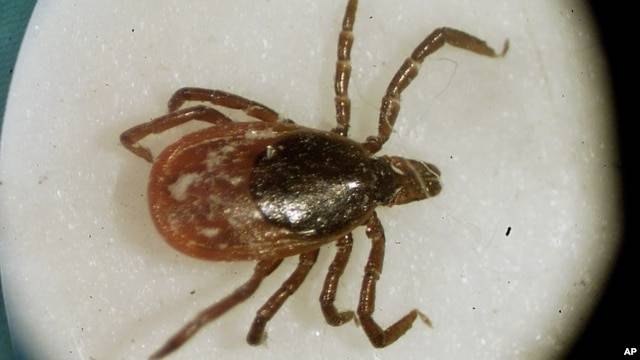Zoom-boing
Platinum Member
Tick removal - Good to know!!
Spring will be here soon and the ticks will soon be showing their heads. Here is a good way to get them off you, your children, or your pets. Give it a try. Please forward to anyone with children... or hunters or dogs, or anyone who even steps outside in summer!!
A School Nurse has written the info below -- good enough to share -- And it really works!!
I had a pediatrician tell me what she believes is the best way to remove a tick. This is great, because it works in those places where it's some times difficult to get to with tweezers: between toes, in the middle of a head full of dark hair, etc.
Apply a glob of liquid soap to a cotton ball. Cover the tick with the soap-soaked cotton ball and swab it for a few seconds (15-20), the tick will come out on its own and be stuck to the cotton ball when you lift it away. This technique has worked every time I've used it (and that was frequently), and it's much less traumatic for the patient and easier for me.
Unless someone is allergic to soap, I can't see that this would be damaging in any way. I even had my doctor's wife call me for advice because she had one stuck to her back and she couldn't reach it with tweezers. She used this method and immediately called me back to say, "It worked!"
Spring will be here soon and the ticks will soon be showing their heads. Here is a good way to get them off you, your children, or your pets. Give it a try. Please forward to anyone with children... or hunters or dogs, or anyone who even steps outside in summer!!
A School Nurse has written the info below -- good enough to share -- And it really works!!
I had a pediatrician tell me what she believes is the best way to remove a tick. This is great, because it works in those places where it's some times difficult to get to with tweezers: between toes, in the middle of a head full of dark hair, etc.
Apply a glob of liquid soap to a cotton ball. Cover the tick with the soap-soaked cotton ball and swab it for a few seconds (15-20), the tick will come out on its own and be stuck to the cotton ball when you lift it away. This technique has worked every time I've used it (and that was frequently), and it's much less traumatic for the patient and easier for me.
Unless someone is allergic to soap, I can't see that this would be damaging in any way. I even had my doctor's wife call me for advice because she had one stuck to her back and she couldn't reach it with tweezers. She used this method and immediately called me back to say, "It worked!"





